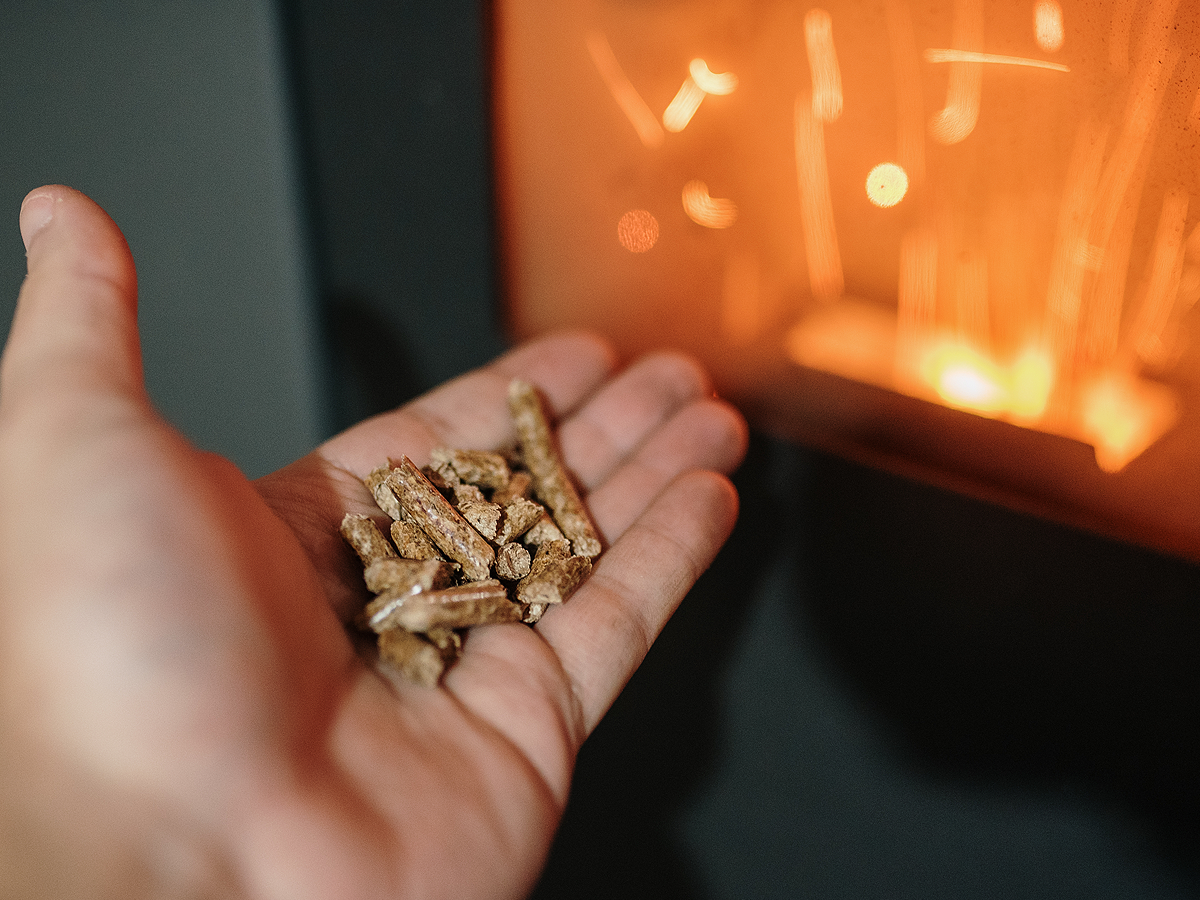Get Your Pellet Stove Ready for Winter
July 31, 2023
There are a lot of options when it comes to heating your home. Whether you live in the suburbs or out in the country, pellet stoves have quickly become a Northwest favorite. And it’s no surprise. Pellet stoves are cleaner burning than standard wood, often more efficient than gas furnaces or electric wall heaters, and create an even heat that can permeate throughout an entire house.
To keep your pellet stove running strong this winter, it’s important to get a few things done before autumn starts.
Find Your Instruction Manual
According to the Department of Energy, it’s vital that you follow your manufacturer’s maintenance instructions. That means popping open the instruction manual. If you’ve lost yours, look for a copy online.
Once you locate the manual, you’ll find information about how to remove specific parts of your pellet stove. Now you can properly clean and vacuum it using the following steps.
Coastal Tip: Properly Oil Your Stove. Not all stove fans require oiling, but if yours does, this is a good time to get it done. Just a few drops will do the trick.
Coastal Tip: Got a smartphone? Use it to take a picture of your stove’s interior before you remove all of the panels.
Good Pellets Make Good Sense
The average 2,500 square-foot home requires up to 5 tons of pellets per year, while a 1,500 square-foot home takes anywhere from 3 to 4 tons. If you’re burning more or less than the average, be sure to call an expert to inspect your stove.
When choosing your pellets, ensure the type you choose meets or exceeds all PFI (Pellet Fuels Institute) Standards. PFI is a non-profit association that works for you. They check on the quality of pellets being sold in the U.S. and issue quality ratings. With higher quality pellets, you will notice less dirt and dust left in the bag and in your hopper, reducing the chance of a mechanical failure. Good pellets will also burn longer overall.
Stock Up on Pellets Today
Stop by the hearth and home department at your favorite nearby Coastal. Our experts will be happy to answer all of your questions, order any parts you need, and help you choose the right pellets (sold by the bag or pallet).
Quick Facts
See a lazy flame through the glass? Simply add more air using the vent. Too much flame? Reduce the air.
Just because your pellet stove shuts down doesn’t mean anything is necessarily wrong. Before calling a repair company, empty the hopper and check your home’s fuse box.
Pellet stoves don’t last forever. Mechanical and electrical parts will eventually wear out and need replacing.
Pellet stoves can add ambiance to a room, but you might need to clean the glass. To do that, wait for the stove to cool down. Use a standard glass cleaner and plenty of elbow grease to remove the soot.
